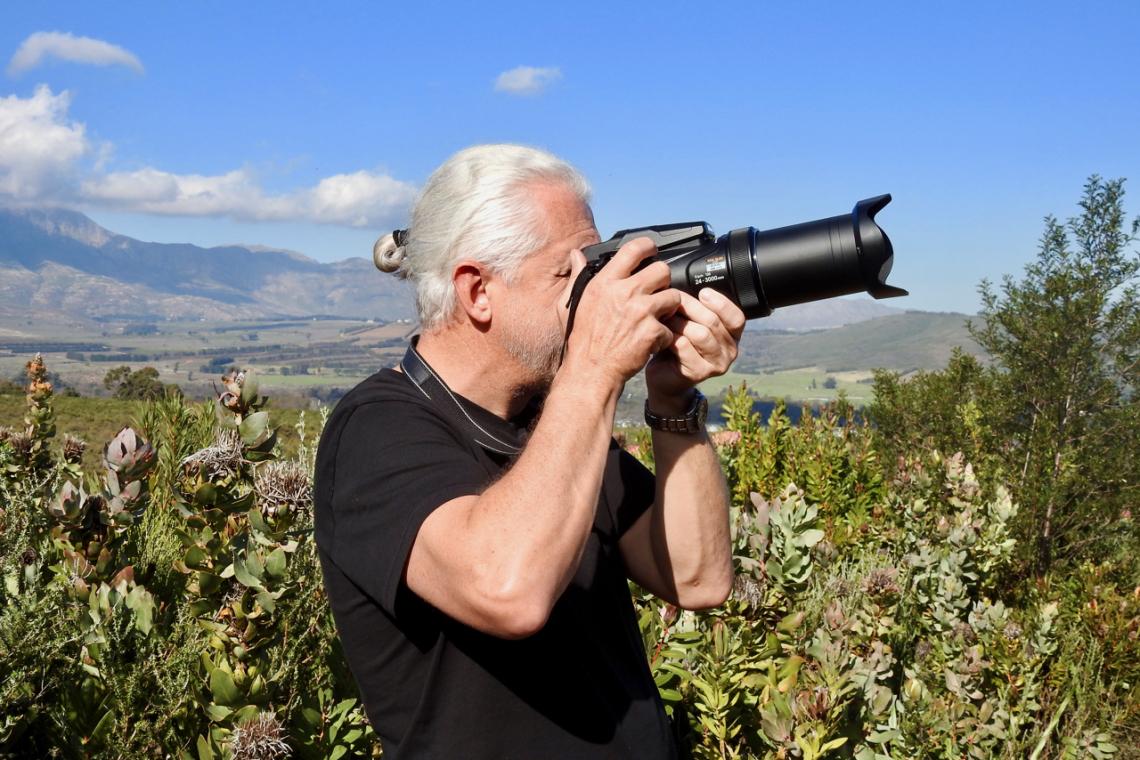Key Considerations
Please note: This camera has been replaced with the Nikon COOLPIX P1100 Zuperzoom Digital Camera.
Negatives:
- This camera is too big, I am glad to see Nikon fixed P900 issues with the Nikon P950.
- The camera lacks environmental protection and will get damaged easily.
- The low light performance will not be suitable due to the small sensor.
- Speed of the zoom due to the broad range of available magnifications may cause you to lose the shot
Positives:
- Extensive range of zoom options for the price.
- Maximum zoom at 3000 will get any animal you can see with the naked eye in a zoomed position. If you can see the bird you can take a picture.
- A fantastic range for safari photography
- The latest technology, including 4k and RAW support.
Compare specs and prices on Amazon
Are you thinking of improving your photography skills?
Unlock your photography potential! Subscribe to our EartWise Forum and discuss your photography journey.
I have tried many online courses and found the Michigan State University photography course on Coursera the most comprehensive and practical, taught by true artists.
I need to thank Nikon for the use of their review unit to conduct this review. Due to the popularity of the Nikon P1000 review unit and the tight schedule, I did one of my favourite local fynbos birding tours. My first impressions of the camera when it arrived was "It is BIG." This is a large camera by any comparison. The sheer size of this camera rules it out for use in various cases.
See also: Review for Sony RX10IV

But why another review? Firstly the lack of wildlife photography reviews always has me guessing how cameras will perform in the field. Secondly, many of the photographers who reviewed the Nikon P1000 mounted it on a tripod I wanted to see how it performs handheld. I reviewed this camera on a short purposive photography hike at Helderberg Nature reserve. No filters nor any corrections were done in post-production on any of the photos shot with the P1000. As I took them I reduced their size and uploaded them.
iso 100 62mm (347) f8 1/125
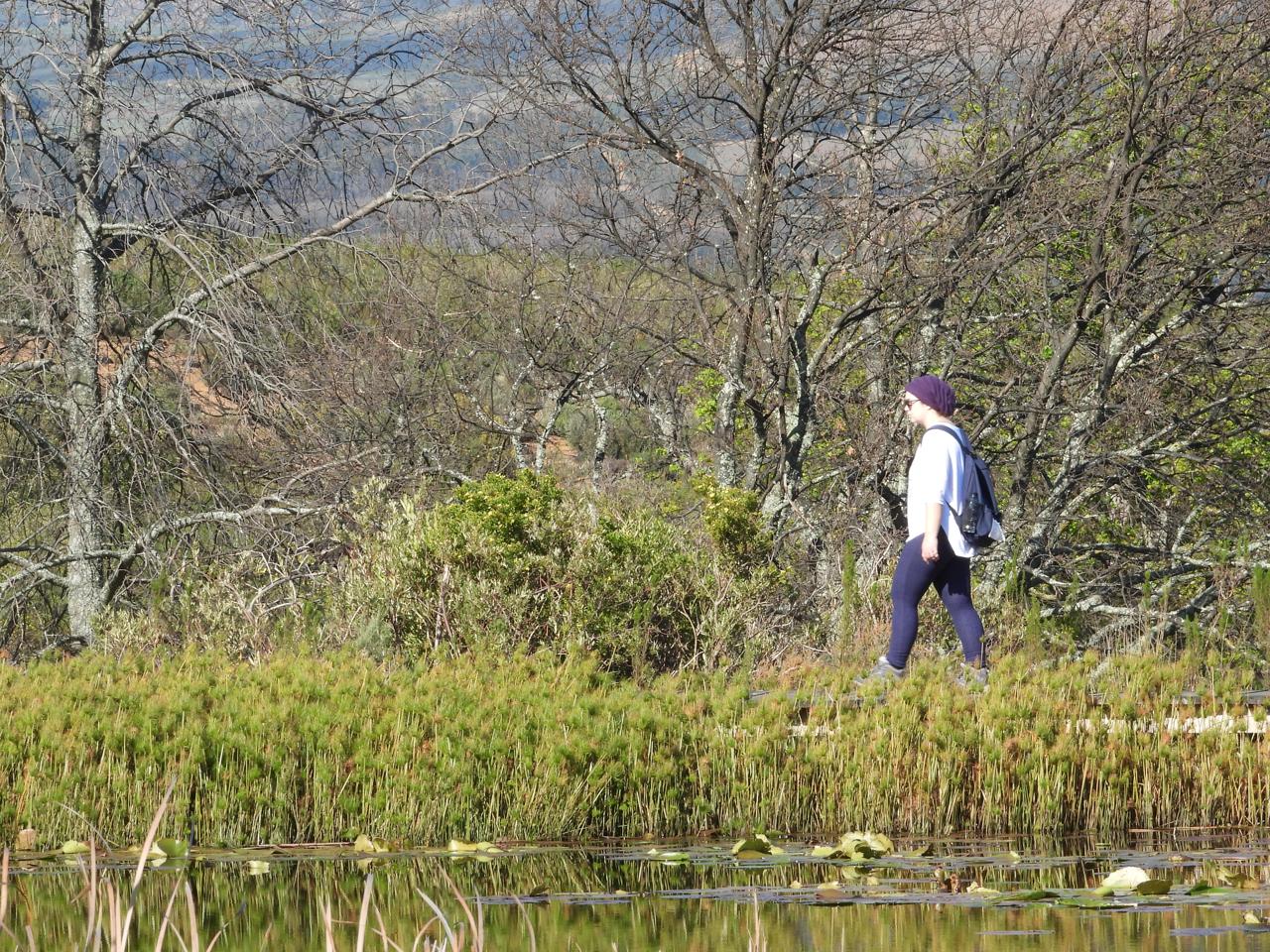
Nikon P1000 for hiking
With my little helpers (My kids) in tow, I venture onto the low slopes of the mountain to try to get some cape sugarbird photos. Due to the sheer weight at 1.4kg of this camera, I found myself getting tired of using it after a while. The size of the camera made taking it on a camera strap awkward, and I ended up carrying it by hand most of the morning, adding to the discomfort. The sheer size and weight caused discomfort.
My Assistants iso 100 13.5mm (76) f3.5 1/100

If you were out on a local photoshoot with only the purpose of taking great photos, this camera would be an option. But going for a hike with a camera in tow this one is not for you. The camera is made of plastic with very little protection against the elements. You will need to be very careful in the way you carry it as not to get it damaged. Unless you are on a short walk photoshoot, this camera is not for hiking, instead, look at the P900.
Nikon P1000 compared to the P900
Before you go straight out and buy the Nikon P900 you have to realize the P900 is an older model and requires some updates to get up to speed, the Nikon P950 was released early 2020 which solves a lot of the gripes of the popular P900. I have been using the Nikon P900 for quite a couple of years, and it has performed well. The 2000 zoom was unheard of when it was released, and I did not have much need for more.
Leopard P900 iso 400 357mm (1999) f6.5 1/250

This photo in the Kruger National Park is one such case where an extra 1000 would have helped. The Leopard was photographed at the full 2000 zoom and was almost not visible to the naked eye. The tricky backlight made it challenging to adjust the metering. Besides this photo, I can not think of any other time I wanted more zoom. Similarly, I did not find myself using up the full 3000 zoom much on my birding walk and I had to force myself to find use cases.
Common Moorhen iso 100 306mm (1713) f6.3 1/800

Nikon P1000 for safari and wildlife photography
Many of the drawbacks mentioned fall away when using this camera for a safari or vehicle-based wildlife photography. The size and weight do not provide such a significant disadvantage. Self-drive safari's such as in the Kruger National Park forces you to stay on the road and take your shot of the wildlife at a distance. The 3000 zoom gets you well in the range of almost anything you can see with the naked eye.
Female Sunbird iso 180 467mm (2615) f8 1/500
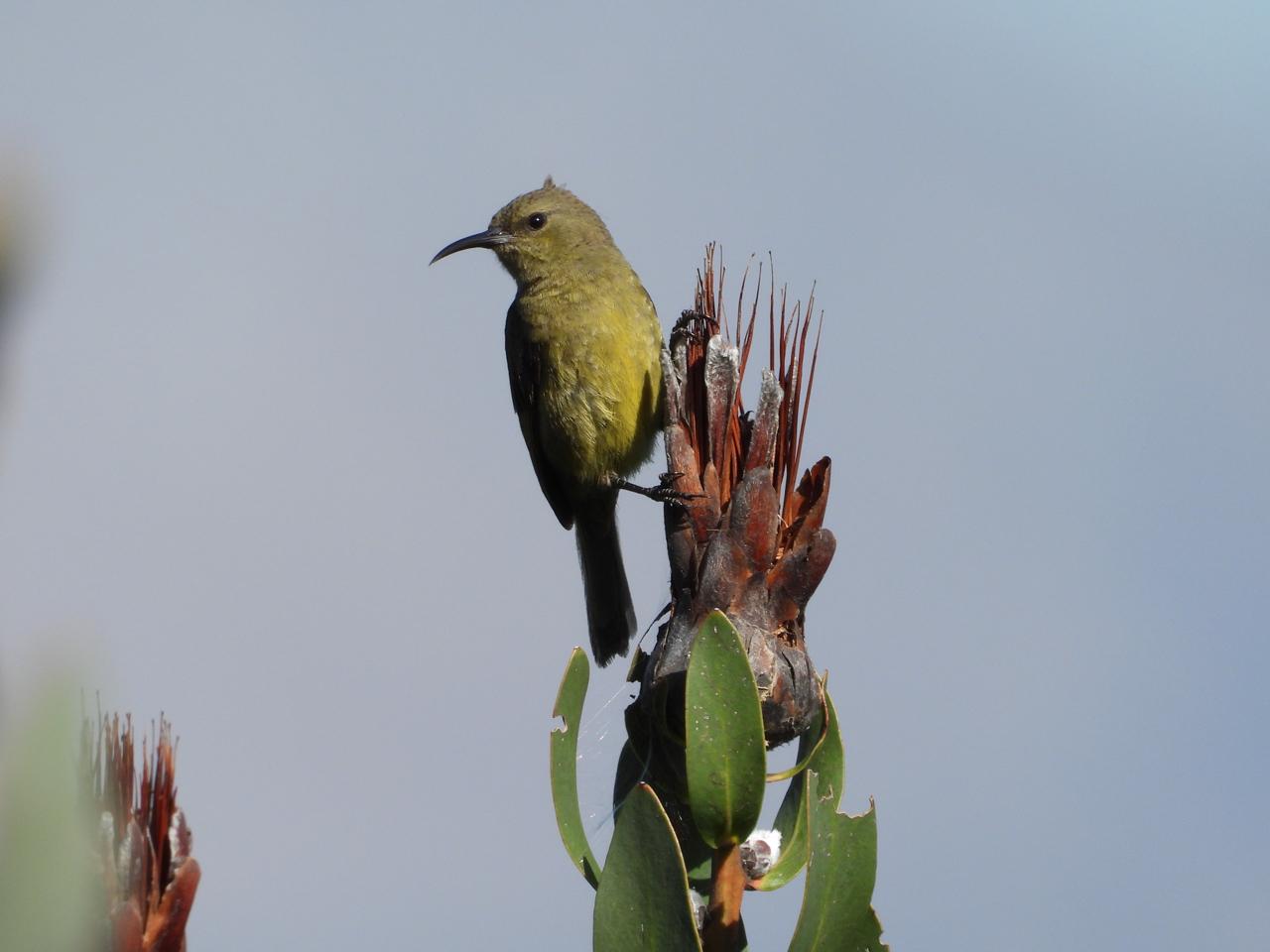
Male Sugarbird iso 360 90mm (504) f5 1/250
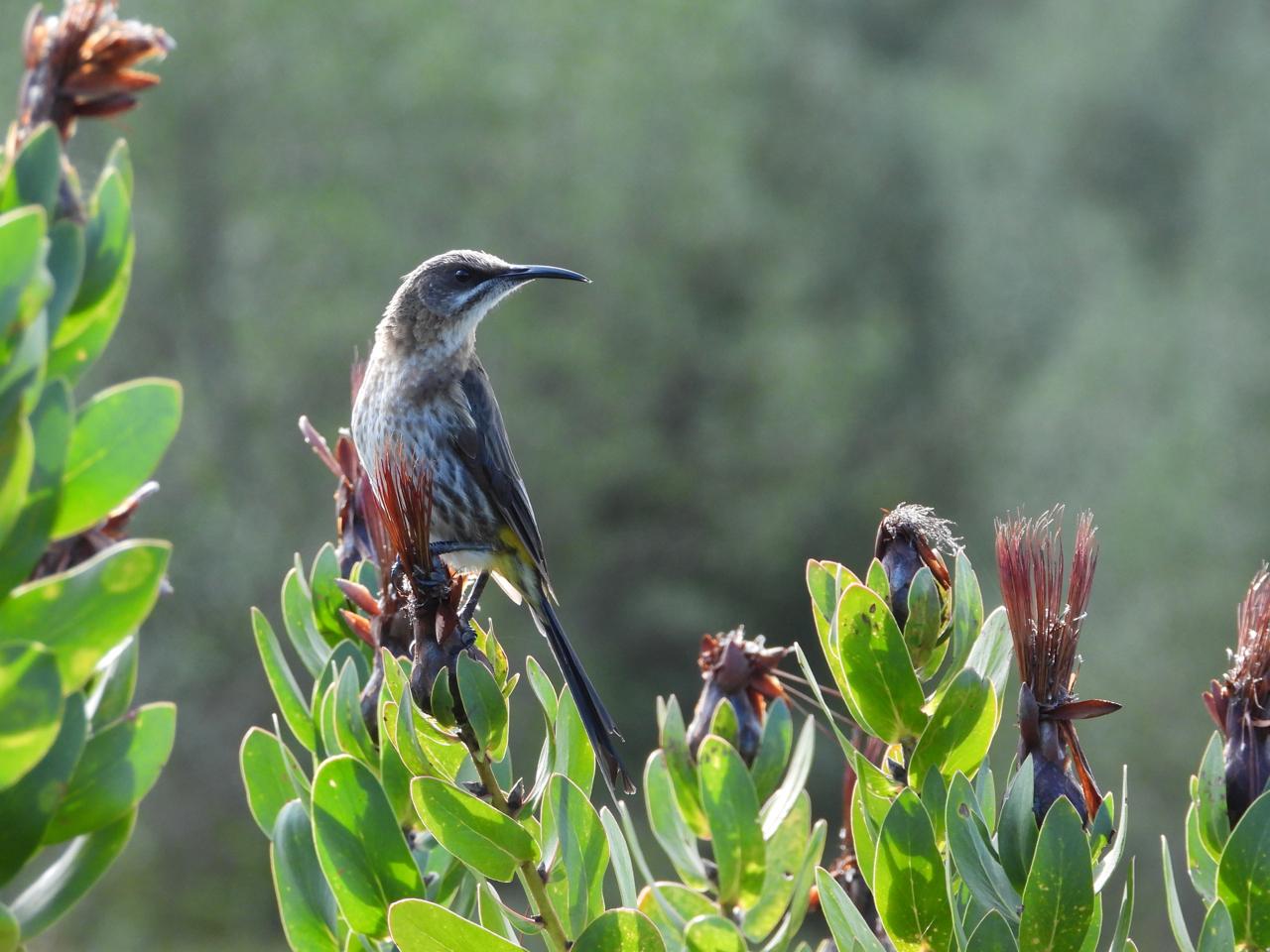
Game drives at night may cause an issue for this camera, but at a distance, it will for any camera. To take good photos at night, you may require private tours and custom setups. I guess at which time you should already own the right equipment making this review moot.
Now let's discuss the fact that all reviews suggest you need a tripod. Although at the 3000 zoom this camera is hard to keep still, any camera would be. You can use this camera very comfortably up to the max zoom without a tripod. In good light, I was able to take photos of birds quite comfortable in a standing position. A bean bag on the car window or safari vehicle may be able to provide you with a little extra stability.
Egyptian Goose iso 110 252mm (1411) f5.6 1/500
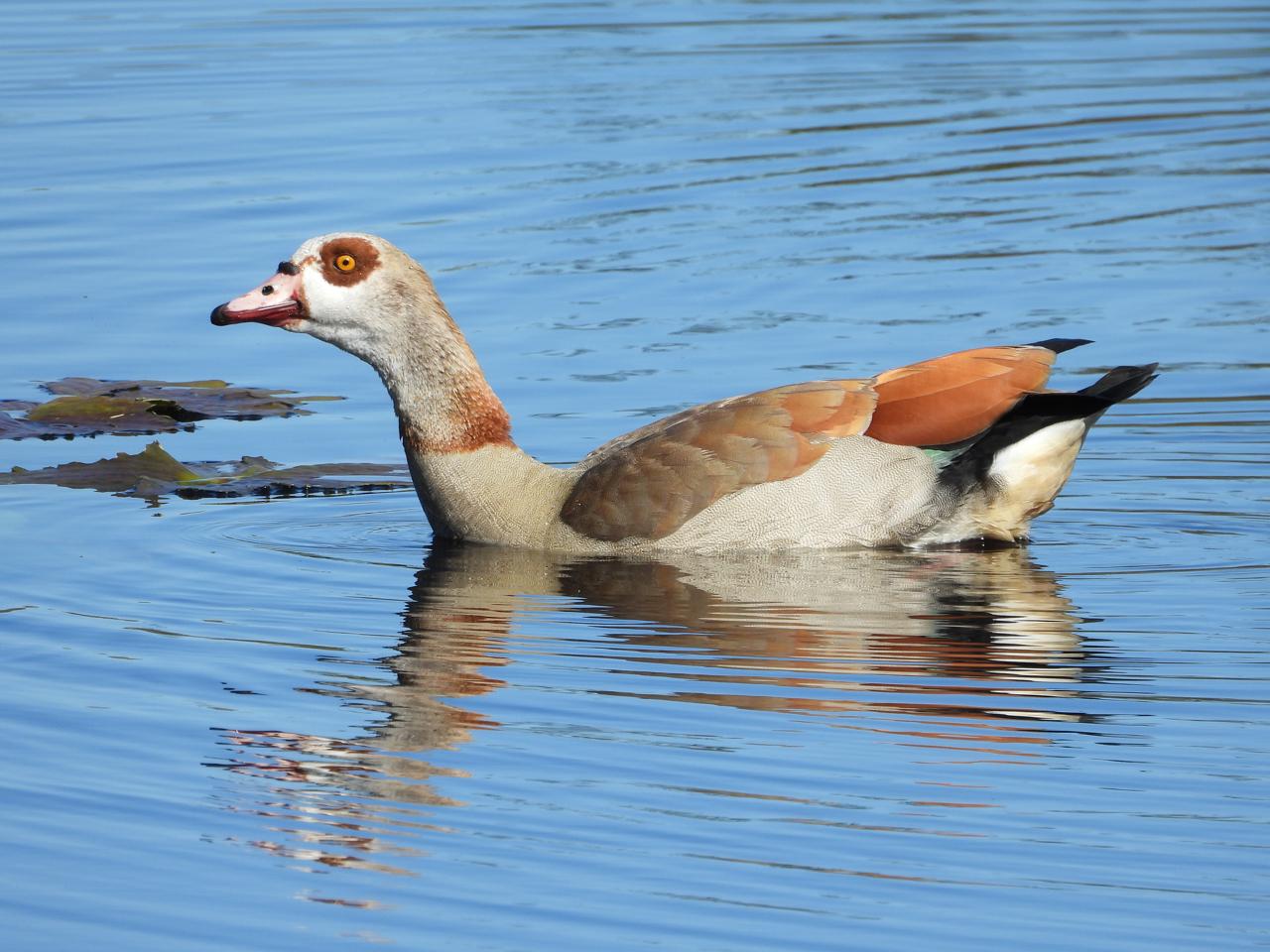
Finding a Wildlife Photography Tour or Safari
As a wildlife photography enthusiast, I prefer taking photos of animals in their natural settings. Zoos and other wildlife parks can make good photography and practice. But ultimately, there is nothing like the real wild. Booking cheap flights with Skyscanner has made the world so small, but what then? Here are some tips to find an unforgettable safari experience.
Book Multi-day Safari Tour
Book all safaris by Tripaneer provides a dedicated multi-day safari website. With Viator, you can choose the type of holiday in the location you want to visit. They offer a large selection of Safaris and other multi-day tours.
Accommodation First
Many safaris are linked to specific accommodation locations. You book the accommodation, and the safari or game drive is included in the package. Tavelstart, a South African travel directory that owns SafariNow, provides many wildlife locations.
Safari and Wildlife Activities
If you are already heading to a location and want to include some one-day wildlife tours, check out GetYourGuide.
Nikon P1000 for bird photography
Cape Sugarbird iso 400 135mm (756) f5.6 1/125

Masked Weaver iso 800 395mm (2212) f7.1 1/40
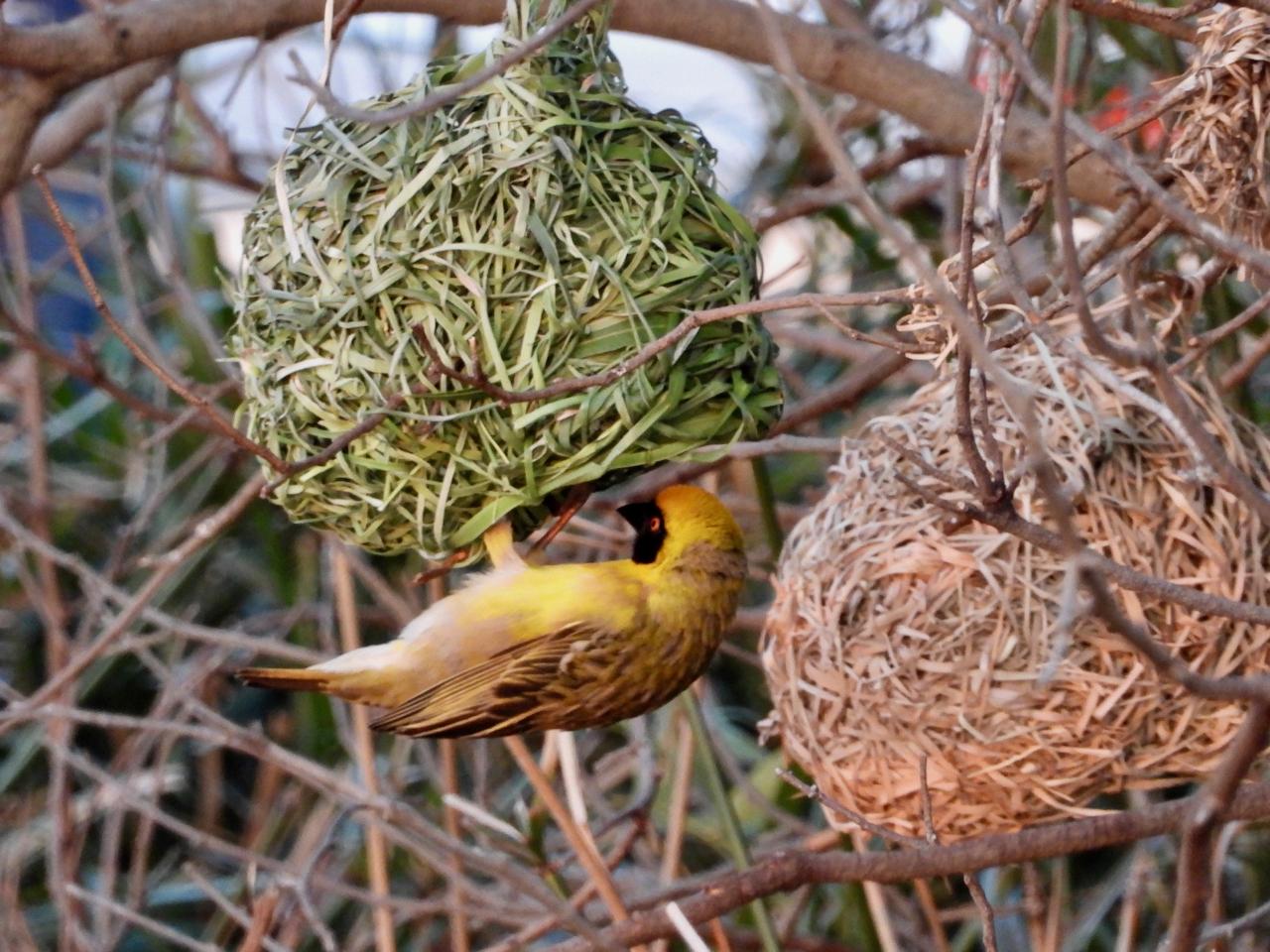
Male Sunbird iso 220 198mm (1108) f8 1/500

Should you purchase the Nikon P1000
My overall takeaway from the review is that this is not a very good all-around camera due to its size, but rather an exceptional zoom camera. The camera works well for passive birds and will get you right up close, but not in a hiking situation; it is too big. If you have the cash and want a camera for your game drive or a trip to the local National park to photograph wildlife up close, this is an exceptional camera. If you want a good allrounder I would suggest the P950.
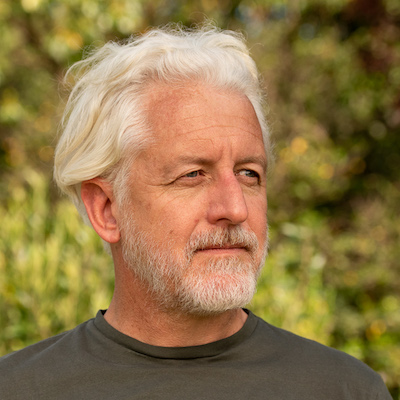
Shop for a cause
Shop on amazon.com | amazon.co.uk


